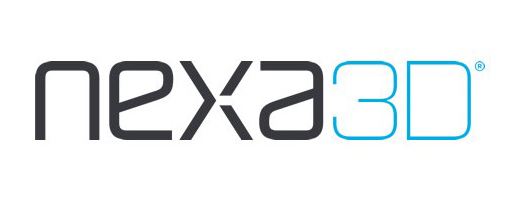
QLS 230 is the most affordable open platform selective laser sintering (SLS) 3D printer for industrial use. It provides a 24 hour cycle speed using a single 30 Watt CO2 laser to produce prototypes with robust mechanical and thermal properties. In addition to a broad range of high-temp thermoplastic materials, it excels with recycled powders from HP® and EOS.
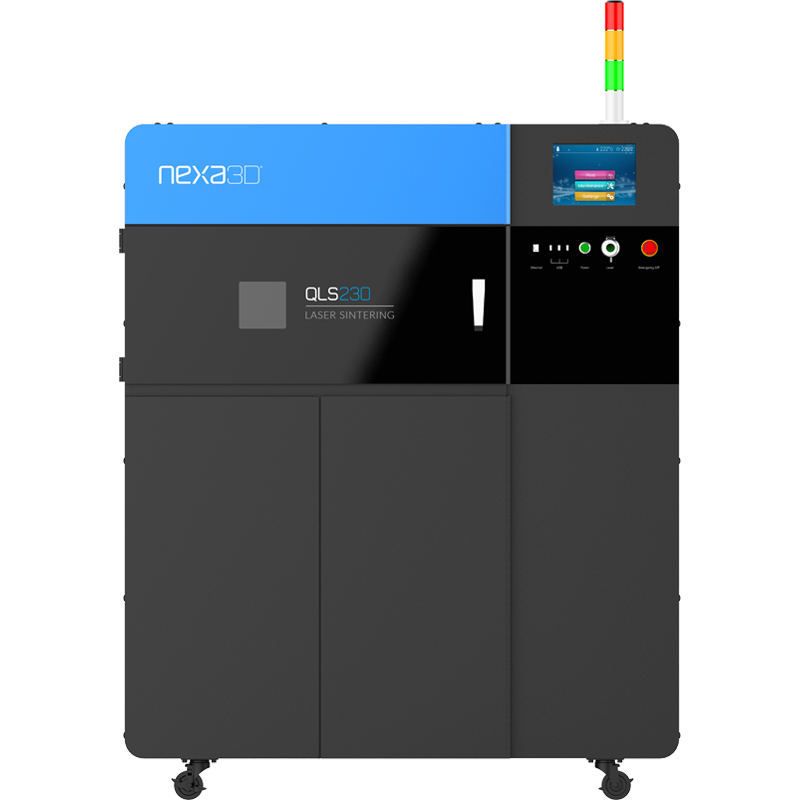
Fast Cycle SLS 3D Printer
QLS 230 is the most affordable open platform selective laser sintering (SLS) 3D printer for industrial use. It provides a 24 hour cycle speed using a single 30 Watt CO2 laser to produce prototypes with robust mechanical and thermal properties. In addition to a broad range of high-temp thermoplastic materials, it excels with recycled powders from HP® and EOS.
Specifications
| Technology | Selective Laser Sintering |
| Cycle Time | 24 hours |
| Build Volume | 230 x 230 x 230mm (9 x 9 x 9in) |
| Layer Thickness | 0.08 / 0.1 / 0.15 / 0.2mm |
| Build Speed | up to 20mm per hour |
| Accuracy | 0.2mm |
| Full Parameter Access | Yes |
| Laser Type | 1 x 30W CO2 |
| Printer Dimensions | 1,480 x 850 x 2,040mm (58.3 x 33.5 x 80.3in) |

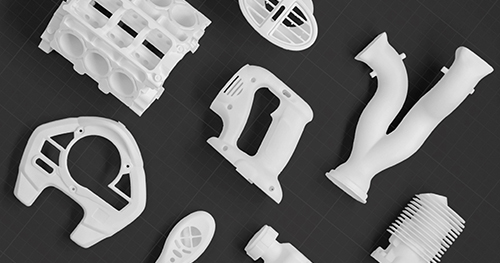
Open Material Platform
Your production capabilities with the QLS 236 are nearly limitless thanks to its open material platform, wide-use temperature range, and inert processing atmosphere. From common filled and unfilled nylons to rugged polymers like PBT, the QLS 236 is compatible with a versatile range of materials to ensure that you’ll have the right material for the job.
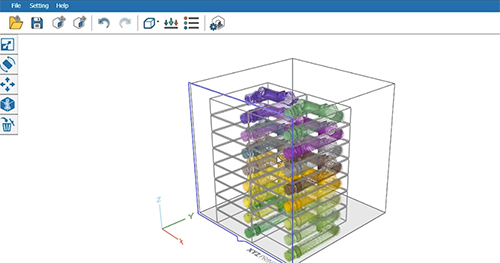
Intuitive Software
QLS 236 is powered by two advanced software suites, Buildware, and XYZprint AMSLS. Buildware controls the sintering process while the XYZprint AMSLS allows users to start and monitor jobs remotely.
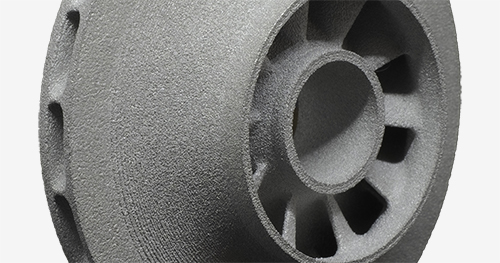
Cold Metal Fusion Compatible
Cold Metal Fusion by headmade materials® is a patented process that combines the advantages of fast cycle sintering with established powder metallurgy processes to create titanium and steel parts. Using a polymer-coated metal powder, the QLS 236 produces ‘green’ parts in a low-temperature processing environment. Parts then go through a debinding and sintering process that burns out any remaining polymer and sinters metal particles together to form final metal components.






